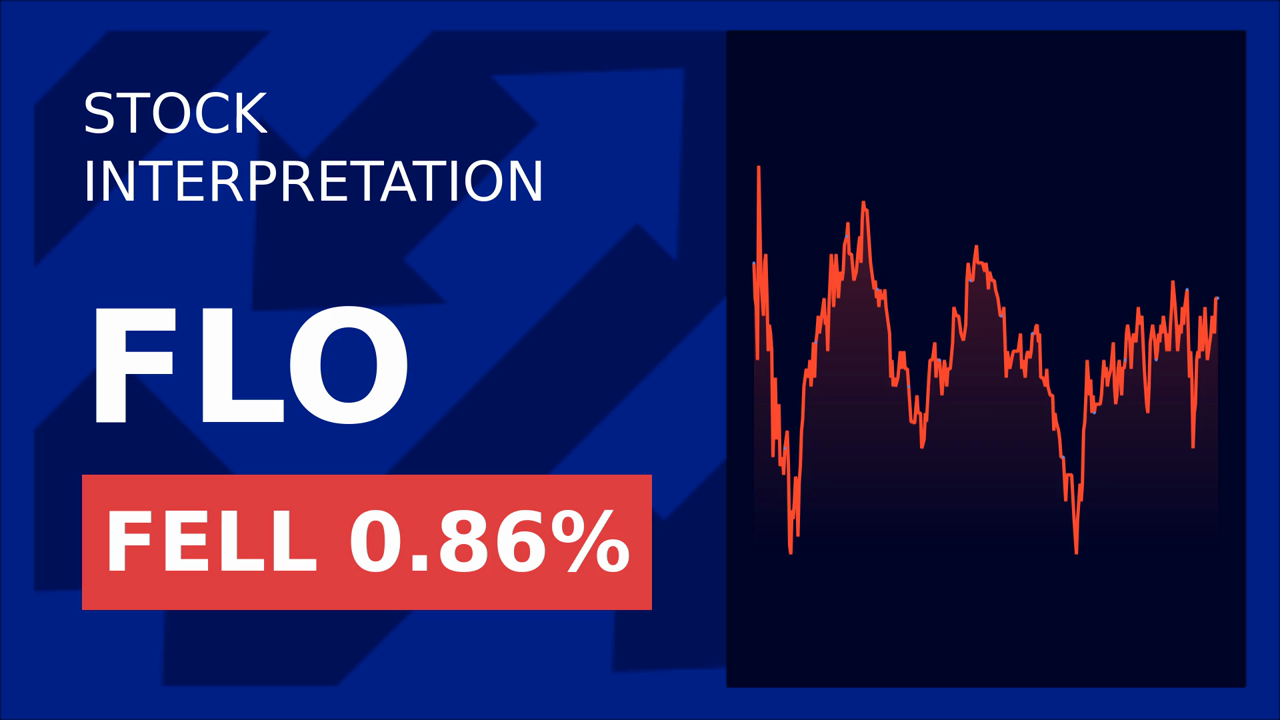Can Flowers Foods Sustain Its Cash Flow?
Monday, Apr 7, 2025 11:11 am ET
In the ever-evolving landscape of the food industry, flowers foods, Inc. (FLO) stands as a titan, known for its extensive distribution network and vertical integration. But can this bakery giant sustain its cash flow in the face of commodity price volatility and changing consumer preferences? Let's dive into the numbers and strategies that could determine FLO's financial future.

The Power of Distribution and Integration
Flowers Foods' extensive distribution network is a cornerstone of its success. With over 2,200 independent distributors covering 85% of U.S. grocery stores, the company ensures that its products are readily available to consumers. This broad reach not only stabilizes sales but also provides a buffer against economic downturns. The company's vertical integration, with 21 bakery facilities, allows for better control over production costs and supply chain vulnerabilities. This strategic move has enabled Flowers Foods to maintain a steady operating cash flow, as evidenced by the consistent positive figures in its cash flow statements.
The Commodity Conundrum
However, Flowers Foods' reliance on commodity inputs like wheat and sugar poses a significant risk. These inputs account for 35-40% of total production costs, making the company vulnerable to price fluctuations. For instance, wheat prices fluctuated between $7.50 and $9.25 per bushel in 2022, directly impacting production costs. This volatility can squeeze margins and reduce operating cash flow, as seen in the 24.17% drop in operating cash flow growth in one year.
Mitigating the Risks
To mitigate these risks, Flowers Foods can employ several strategies. Implementing commodity hedging programs can lock in prices for wheat and sugar, stabilizing input costs. Diversifying raw material suppliers and establishing long-term contracts can reduce reliance on volatile regional markets. Passing through cost increases to consumers, leveraging brand loyalty, and optimizing production efficiency can also help. Additionally, exploring alternative ingredients and strengthening working capital management can further insulate the company from commodity price volatility.
The Road Ahead
Flowers Foods' ability to generate abundant cash flow will depend on its ability to navigate these challenges. By leveraging its extensive distribution network and vertical integration, the company can maintain a steady cash flow. However, it must also address its high dependency on commodity inputs and adapt to changing consumer preferences. With strategic investments in technology, innovation, and diversification, Flowers Foods can continue to thrive in the competitive food industry landscape.
In conclusion, while Flowers Foods faces significant challenges, its strong foundation and strategic initiatives position it well to sustain its cash flow. The company's ability to adapt and innovate will be crucial in determining its financial future.
Ask Aime: Can Flowers Foods maintain its cash flow in the face of commodity price volatility and changing consumer preferences?




